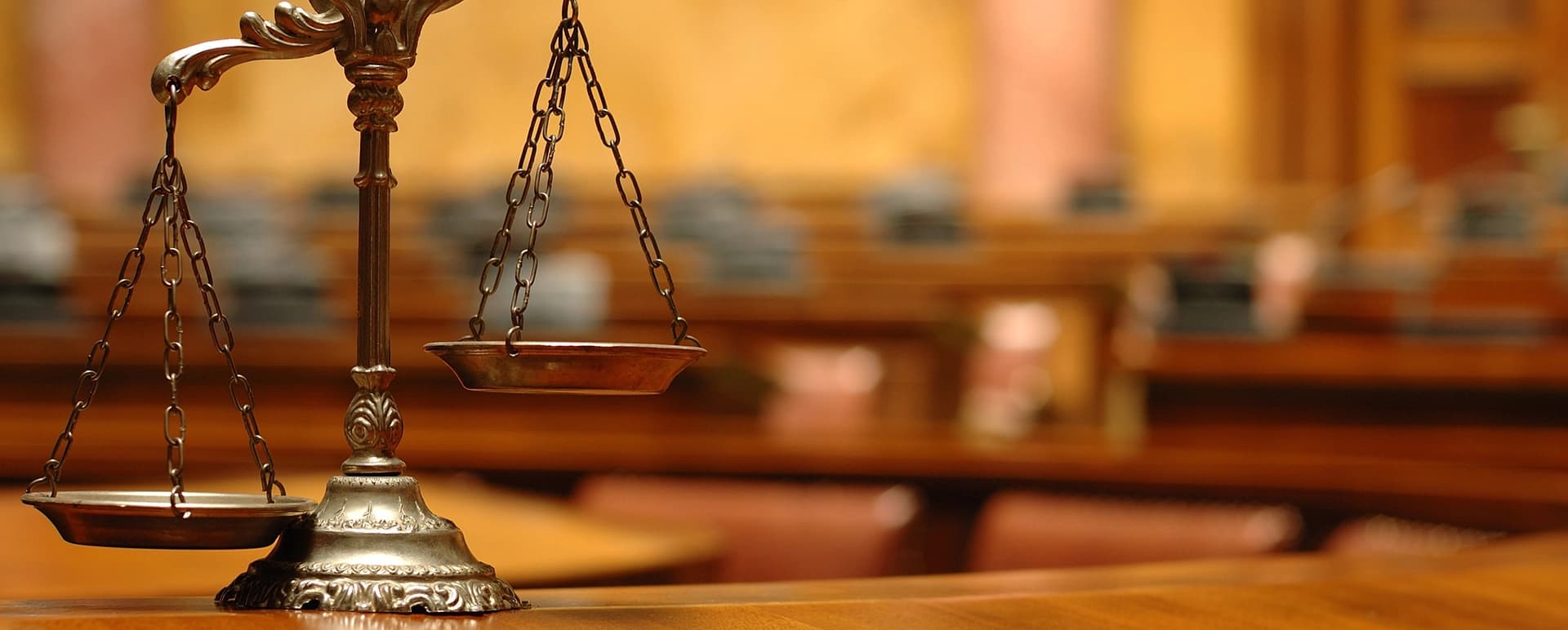Trial Presentation Top-Tier Solutions for Courtroom Presentations
Mesmerize the Jury: Important Components of a Powerful Trial Discussion
Crucial components such as comprehending the audience, crafting an engaging narrative, and understanding verbal and non-verbal communication are critical elements of an effective presentation. As these factors intertwine, they form a natural strategy that not just informs yet also involves jurors on several levels.

Comprehending Your Audience
Recognizing your target market is a critical element of reliable test presentation. A successful discussion rests on the capacity to grasp the demographics, worths, and proneness of jurors. This comprehension educates how debates are framed, proof is provided, and sob stories are crafted, ensuring that the message resonates with the jurors on a personal degree.
Research study indicates that jurors come from varied histories and may have varying levels of recognizing pertaining to lawful procedures. Additionally, recognizing the jurors' possible predispositions and life experiences allows the test presenter to anticipate arguments and address problems proactively.
Effective test presentation likewise includes observing jurors' reactions throughout the procedures. Engaging with jurors as individuals instead than a cumulative unit is crucial in cultivating a strong link in the court room.

Crafting an Engaging Story
Crafting a compelling story is essential in leading jurors with the intricacies of a case. A well-structured narrative not only simplifies intricate lawful principles however likewise involves jurors on a psychological level, making the details much more relatable and unforgettable.
To accomplish this, attorneys need to start by identifying the core message they desire to convey. This message needs to reverberate with the jurors' worths and experiences, fostering a link that goes beyond mere truths. The story must unravel realistically, offering occasions in a clear series to avoid confusion. This sequential strategy can help jurors follow the development of events, emphasizing cause and result.
Incorporating human elements-- such as personal tales or stories-- can further enhance the narrative's influence. These aspects stimulate compassion, allowing jurors to imagine the repercussions of the situation on actual lives. Additionally, utilizing a constant style throughout the discussion enhances the major debate, making it simpler for jurors to maintain critical points.
Eventually, a compelling narrative transforms a trial presentation from a simple address of realities right into a persuasive story that mesmerizes the court, urging them to deliberate with both factor and feeling.
Utilizing Visual Help
Including aesthetic help right into a test presentation can dramatically enhance jurors' understanding and retention of information. Aesthetic materials such as charts, representations, pictures, and videos can transform intricate lawful concepts and evidence into easily digestible styles. By engaging several detects, these aids permit jurors to imagine the case's key components, making it much easier for them to adhere to along and grasp elaborate information.
In addition, well-designed visual aids can emphasize crucial points and emphasize partnerships between different pieces of proof. Timelines can effectively show the series of occasions, while annotated images can make clear specific details appropriate to the situation. This not only help in understanding however also enhances the story presented by the attorney.
It is essential, nevertheless, to make certain that aesthetic aids matter, clear, and properly provided. Excessively complicated or cluttered visuals might overwhelm jurors and detract from the message. When made use of deliberately, aesthetic aids serve to complement the oral arguments and enhance the overall impact of the test presentation. Inevitably, effective visual communication can be a powerful tool in convincing jurors and helping them reach informed verdicts.
Understanding Verbal Communication
Efficient spoken interaction is vital in a trial discussion, as it acts as the main methods where attorneys convey their debates and get in touch with jurors. Mastering this skill entails clearness, persuasion, and visit site interaction. Lawyers should express their points plainly and briefly, staying clear of legal look here lingo that may perplex jurors. Simpleness in language cultivates understanding and helps jurors comprehend complex concerns offered during the trial.
Additionally, tone and pacing substantially influence exactly how messages are gotten. A positive tone communicates authority, while suitable pacing enables jurors to absorb info without really feeling bewildered. Lawyers must also vary their vocal inflections to emphasize essential points and preserve jurors' rate of interest throughout the discussion.
In addition, the organization of verbal arguments is important. Structuring the narrative realistically and coherently assists jurors comply with the attorney's line of thinking, making it simpler for them to preserve important details. Utilizing persuasive techniques, such as storytelling, can additionally improve the emotional resonance of the arguments provided, thereby developing an extra extensive link with jurors.
Ultimately, grasping verbal interaction not just reinforces an attorney's instance but additionally promotes trust fund and relationship with the court, considerably boosting the possibilities of a beneficial verdict.

Involving With Body Movement
Nonverbal communication plays a crucial function in test presentations, typically sharing messages that words alone can not reveal. Body movement, encompassing gestures, pose, faces, and eye call, significantly affects how jurors view the reliability and sincerity of the speaker. A positive position, with shoulders back and an open position, can infuse trust fund, while closed-off body language may suggest defensiveness or uncertainty.

Facial expressions must reflect the feelings associated with the instance, enhancing the narrative existing. A sincere expression during a poignant minute can generate compassion and reinforce the emotional charm. Inevitably, understanding body language is important for efficient test presentations, as it enhances spoken interaction and establishes a compelling visibility that resonates with the court.
Conclusion
To conclude, mesmerizing the jury demands a strategic technique that incorporates comprehending the audience, crafting an engaging narrative, using visual aids, grasping verbal communication, and involving with body language. Each aspect plays a crucial function in producing an effective test discussion that reverberates with jurors on both emotional and intellectual levels (trial presentation). By integrating these parts effectively, legal experts can considerably enhance their ability to convince and influence jury decision-making